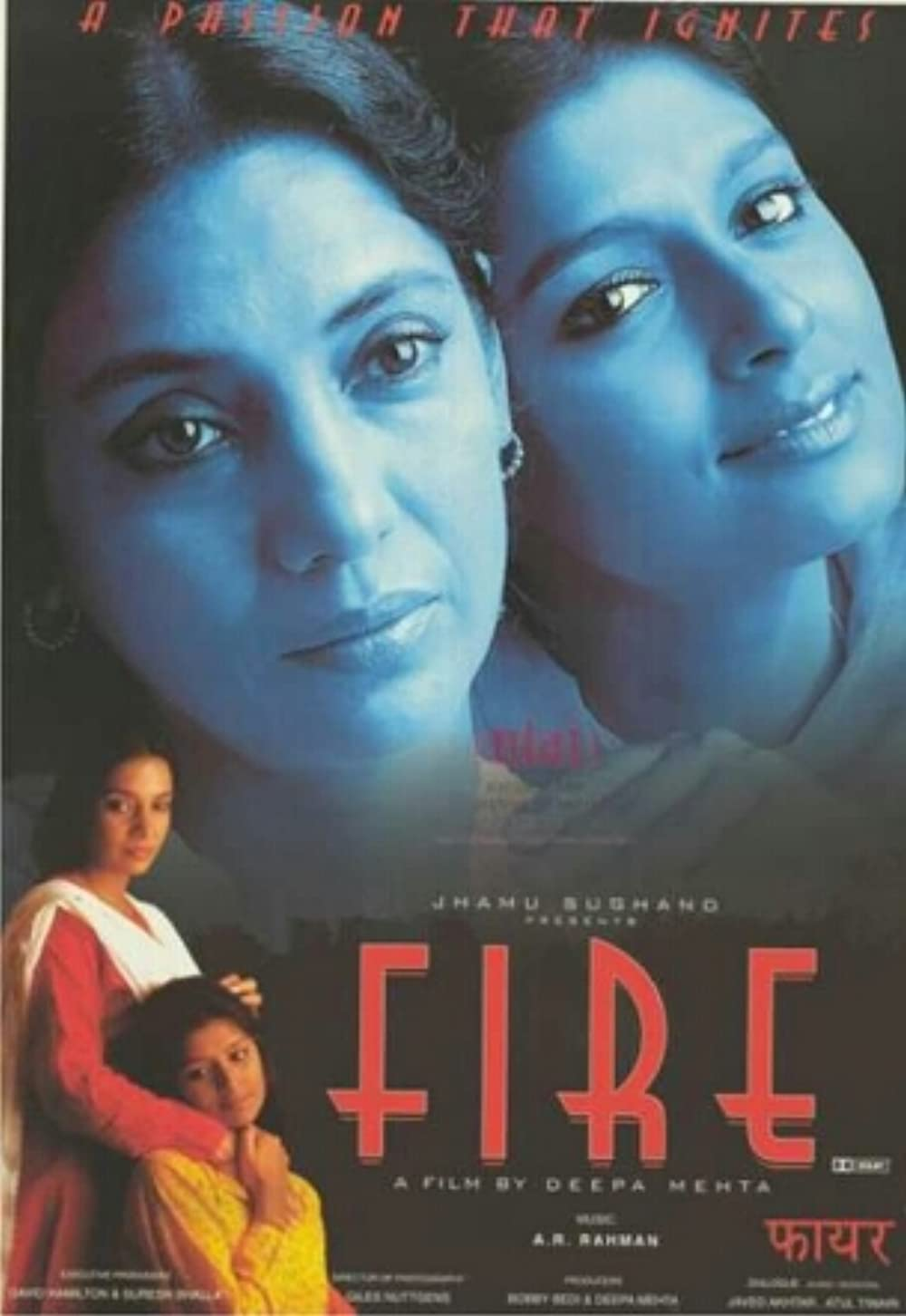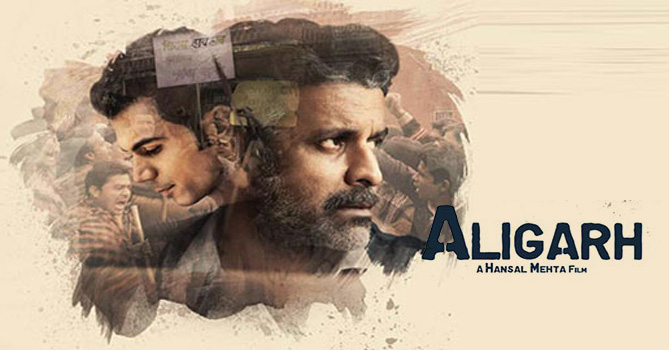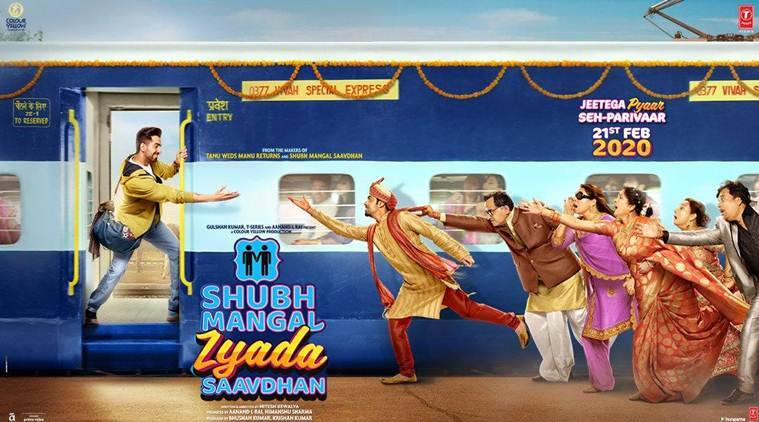LGBTQIA+ Representation in Bollywood
Blogs Home
- 27 Jun 2022
.png)
What is LGBTQIA+?
People with different sexualities including homosexuals refer to themselves as the LGBTQIA+ community. There are various definitions across the internet, trying to narrow it down and capture the essence. However, in a loose sense of its meaning, LGBTQIA+ is an adjective “pertaining collectively to people who identify as lesbian, gay, bisexual, transgender, queer (or those questioning their gender identity or sexual orientation), intersex, and asexual (or their allies).”
This acronym holds within it an umbrella of sexualities. It is hard to categorise them all into identities; hence, it is normal to be gender fluid (behave a certain way according to the situation at hand). However, the fear of change in society’s foundations of heterogeneity and the social conduct based on genders has made it a daunting task for the LGBTQIA+ community to come out.
Due to these mental restrictions and society’s judgemental stare, it is often hard for people to come to terms with their own sexualities. Moreover, the stigma and portrayal of this community in Indian cinema also have played a role in stereotyping this community.
Fun Fact
“Section 377 of the Indian Penal Code has a strange history that reveals its fundamental instability. The British Raj instituted the current status in 1860 to criminalize all sex acts between consenting adults that are not heteronormative. The law criminalizes any sexual act “against the order of nature,” but often promotes corruption by authorities who harass, blackmail and extort sexual minorities and sex workers in India. In addition to confusion about the law, its dubious dependence on what constitutes “natural”, and its gross mockery of equality… has not yet been written about.”
Role of Bollywood in this socially crafted stigma
Cinema can be wielded as a tool to project social change and instil in people the ‘proper’ and ‘normal’ way of acting according to the congested gender stereotypes. What we see is what we believe to be correct and normal.
Millions of Indians flock to the cinemas to watch the skillfully constructed movies each year. The impact these movies leave on an individual stays with them for a long, long time and can subtly change their perspective without them realising it.
Bollywood has been trying to catch up and mould itself with the changing times by showing spoofs of queer representation in their cinemas. Despite being the largest film industry in the world, Bollywood has time and again failed to capture the true essence of the community. The industry chose to use them as comic relief in the movies rather than aptly representing the community.
Moreover, due to the taboo around it, Bollywood actors often shy away from questions related to their sexuality or the community, in general. The hesitancy and aloofness around the topic of the queer community are gradually decreasing with time. Production of movies with queer themes, on the other hand, has always been low. Recent actors like Ayushmann Khurana have been stepping forward and trying to make changes that are significant and impactful.
But what is being projected in the movies is only a small grain of what is actually the truth. If we sit down to dissect everything that went wrong in Hindi cinema when it came to LGBTQIA+, the list would be sorrowfully long and troublesome.
Common myths around LGBTQIA+ community due to Bollywood representation
There are several instances where Bollywood misrepresented the community. However, there are some persistent myths around the community due to wrongful representation. A research paper written by Pushpinder Kaur covers them all.
- Paedophiles or sexual predators (queer people are attracted to children)
- Situational homosexuality (lack of women in a closed space leads to men finding pleasure with each other)
- Feminine or masculine traits (Gay men always feel the need to cross-dress or act feminine whereas lesbians are tomboys)
- Hijras are unnatural (It is a ‘birth defect’ and they should be shunned by society)
- Un-rape-able (Queer people can’t be raped or sexually assaulted)
- Not prevalent in the socio-economic class (Queer behaviour is an upper or lower class phenomenon only)
- Mental disorder (People often view being queer as akin to having a mental disorder.)
Where did it all go wrong?
We’ve all heard about Abhishek Bachchan being one of the earliest celebrities to support the Supreme Court ruling of scraping Section 377. Unfortunately, his past films like ‘Dostana’ and ‘Housefull’ have extremely offensive portrayals of the queer community.
‘Humshakals’ is yet another famous movie which had characters cross-dressing for no reason.
‘Kal Ho Na Ho’ with its famous Kaanta Ben and her homophobic reactions add to the already big pool of homophobia and distress in the community.
Of course, each of these films, like many others, portrayed homophobia and the wrongdoings around us but the problem was the comedic portrayal of it all. Jokes aren’t funny when they hurt the sentiments of those around us.
The cliche scene where two actors are discovered in a ‘compromised’ position by an elder; the gay character acting relentlessly in his pursual of random people by constantly hitting on them; the cover-up of an unfunny catchphrase with the teller being a man in a chunri and squeaky voice - these are some ways in which the community is often represented to the masses in Indian movies.
The reason why such depictions make the audience laugh and smile in India is the same reason why people continue saying ‘he is a gay’ instead of ‘he is gay’. The differences between a ‘normal’ human and someone part of the LGBTQIA+ community have been given the cultural thumbs up for many decades now. This culture seemed to have been passed down the generations with some people still saying ‘yeh toh woh hai’ when they notice “gender-suspicious” people around them.
But there are also a few films, which tried their best to give cinematic justice to this community and their representation through their cinema. We have listed a few of them here.
Fire (1996)
Trailer: https://www.youtube.com/watch?v=sv3jSar70E4
Deepa Mehta, one of the first Indian directors, showcased a movie revolving around two female leads who bonded over similar problems with their spouses. They fall in love with each other along the way, hence, portraying a lesbian relationship on screen. This taboo-breaking movie also crushed patriarchal views and is still considered way before its time.
However, several critics agreed that the movie would’ve worked better if they both explored their sexuality before finding comfort with each other. It seemed as though their failed marriages made them gravitate toward each other.
My Brother Nikhil (2005)
Trailer: https://www.youtube.com/watch?v=Ej2jWFPGqps
A famous swimmer named Nikhil has to deal with the repercussions and backlash of announcing that he has HIV/AIDS. He is ridiculed and his fame is reduced to his disease. This heartfelt movie is a must-watch and should be seen by the world at least once.
Memories in March (2010)
Trailer: https://www.youtube.com/watch?v=kMii_99_HbE
After her son dies in a car accident, a mother finds out it was a case of drunken driving. Devastated, she sets out to find more details and finds out her son had a secret life of his own. Struggling to cope with her son’s death and sexuality, the on-screen journey touches the hearts and lives of those watching it.
Margarita With A Straw (2014)
Trailer: https://www.youtube.com/watch?v=6zy3F0WVDK0
Directed by Shonali Bose, this movie showcases the life of a teenager with cerebral palsy. With an empathetic approach during Laila’s adventures in foreign lands, this movie also takes us through the journey of discovering her sexuality. It helps to remind you that you aren’t alone and gives you the reassurance you rightfully deserve.
Aligarh (2015)
Trailer: https://www.youtube.com/watch?v=JezwsQKpXuU
Aligarh is a famously known movie. It follows the life of Ramchandra Siras, a Marathi professor and the head of the Classical Modern Languages Faculty at the Aligarh Muslim University. He gets suspended on the grounds of being gay. This movie sheds light on the queer community in Tier 2 cities and what social stigma can do to a person’s mental health.
Shubh Mangal Zyada Savdhan (2020)
Trailer: https://www.youtube.com/watch?v=r6r8UYU7Zcs
Ayushmann Khurrana and Jitendra Kumar attempt to discuss the deep-rooted homophobia and stigma around it, in Indian families. This movie touched on all the hard-hitting topics around homophobia with light humour. The perfect amount of jokes made the movie entertaining to watch without losing the true theme and nature of the movie.
Even if these movies have made their efforts to shed some light on the lesser-known aspects of the LGBTQIA+ community, still Bollywood has to go a long way before it can claim that the community is not represented inappropriately any more.
We can only hope that the years of humiliation and ridicule that have been brought down upon the people of this community, in various ways, will come to an end. Hopefully, in future, there will be no need for the phrase ‘coming out of the closet’ to be associated with this community at all.
Jess Doshi
Sources:
5 Occasions When Bollywood Nailed LGBT Representation - SheThePeople TV. (n.d.). SheThePeople. Retrieved April 26, 2022, from
https://www.shethepeople.tv/home-top-video/india-lgbt-films-bollywood-nailed-it/
Bhatia, A. (2021, June 9). 9 Blatantly Anti-LGBTQIA++ Bollywood Moments We Can’t Believe Weren’t Censored. Www.scoopwhoop.com.
https://www.scoopwhoop.com/entertainment/9-blatantly-anti-LGBTQIA+-bollywood-moments-we-can-t-believe-weren-t-censored/
Bollywood Has A “Gay” Problem And It’s Time We Talked About It. (2021, June 4). Www.mensxp.com.
https://www.mensxp.com/lgbt/life/47428-bollywood-has-a-gay-problem-and-it-rsquo-s-time-we-talked-about-it.html
Kaur, P. (n.d.). Gender, Sexuality and (Be) longing: The Representation of Queer (LGBT) in Hindi Cinema. Amity Journal of Media & Communication Studies, 7(1).
https://amity.edu/UserFiles/asco/journal/ISSUE50_3.%20Pushpinder.pdf
LGBTQ representation in Indian cinema. (2020, March 12). Media India Group.
https://mediaindia.eu/cinema/lqbtq-representation-in-indian-cinema/
Pride Month| Bollywood’s Queer Eye: How LGBTQ+ representation has evolved in cinema. (2021, June 5). Hindustan Times.
https://www.hindustantimes.com/entertainment/bollywood/pride-month-bollywood-s-queer-eye-how-lgbtq-representation-has-evolved-in-cinema-101622897366942.html
Definition of LGBTQIA+ | Dictionary.com. (n.d.).
Www.dictionary.com. https://www.dictionary.com/browse/LGBTQIA+
“Indian Cinema and Its Misguided Portrayal of the LGBT Community.” The News Minute, 20 Mar. 2018,
www.thenewsminute.com/article/indian-cinema-and-its-misguided-portrayal-lgbt-community-45508
“Misrepresentation of LGBTQ+ Community in Hindi Cinema.” PINKVILLA,
www.pinkvilla.com/rooms/misrepresentation-lgbtq-community-hindi-cinema










